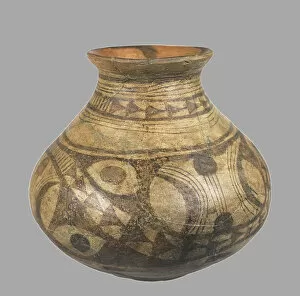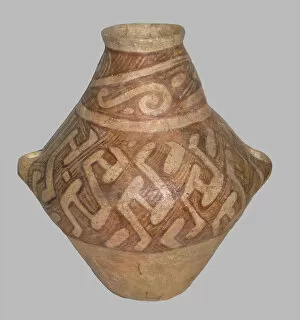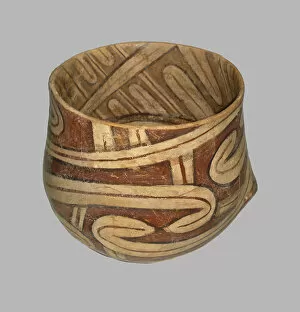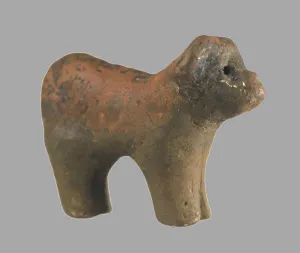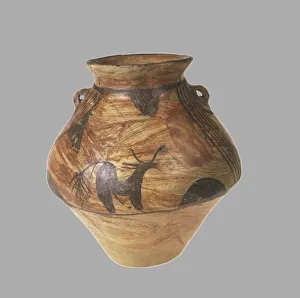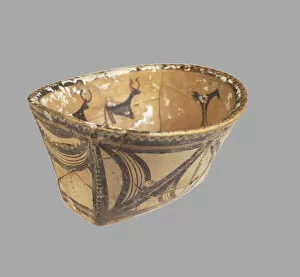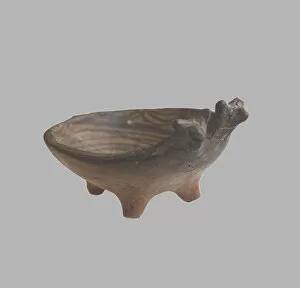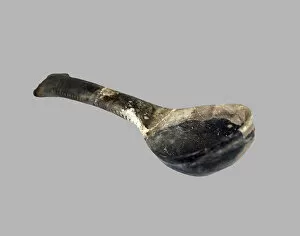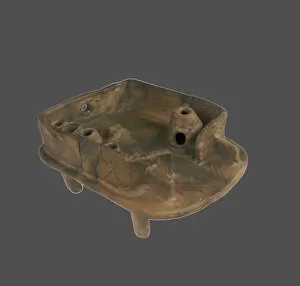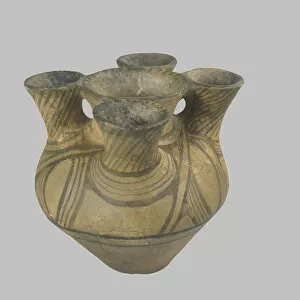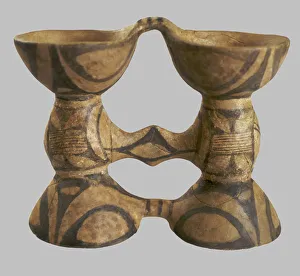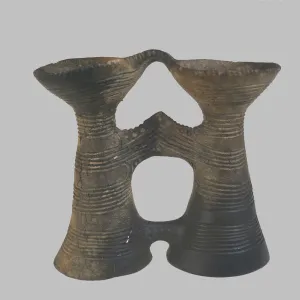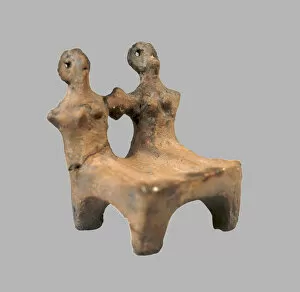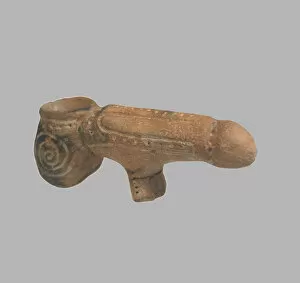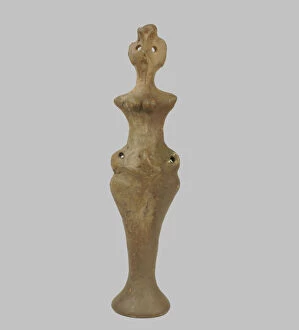Trypillia Collection
"Discover the Fascinating World of Trypillia
All Professionally Made to Order for Quick Shipping
"Discover the Fascinating World of Trypillia: Prehistoric Russian Culture Unveiled" Step back in time to the 4th millennium BC and explore the artistic wonders of Trypillia, a remarkable prehistoric Russian culture. From intricately designed amphorae to exquisite vessels, this civilization left behind an impressive legacy. One such artifact is an amphora dating back to 4th millennium BC. Crafted by skilled artists, it showcases their mastery over clay molding techniques. The vessel from 3800-3600 BC also captivates with its intricate patterns and attention to detail. The statuette of a dog from the same era provides insight into their relationship with animals. This lifelike representation demonstrates their reverence for nature and hints at possible spiritual beliefs. Zoomorphic designs were prevalent in Trypillian artistry, as seen in the amphora adorned with zoomorphic paintings from 3800-3600 BC. These captivating depictions blur the lines between reality and imagination, showcasing mythical creatures intertwined with everyday life. Bowl after bowl reveals their skillful craftsmanship throughout different periods. A stunning oval bowl from the 4th millennium BC stands out for its unique shape, while a zoomorphic bowl from 3800-3600 BC showcases animal motifs that reflect their deep connection with nature. The Zoomorphic Statuette with Wheels further highlights Trypillia's creativity and innovation. Dating back to 3950-3500 B. C. , this intriguing piece combines both human-like features and wheeled elements—an early testament to mankind's fascination with mobility. Goblet with Snakes takes us even further into history, dating back to 4400-4100 BC. Its intricate snake motifs symbolize fertility or perhaps even religious significance within this ancient society. Finally, we encounter a mortar dating all the way back to 4500-3000 BC—a tool used for grinding food or herbs—showcasing the practical side of Trypillian culture.


